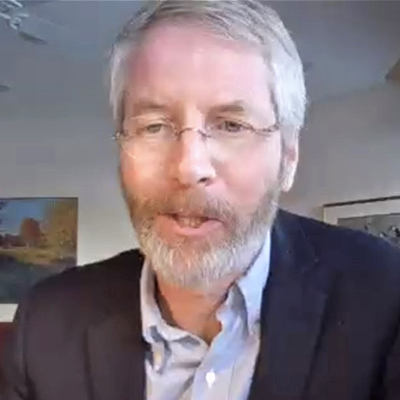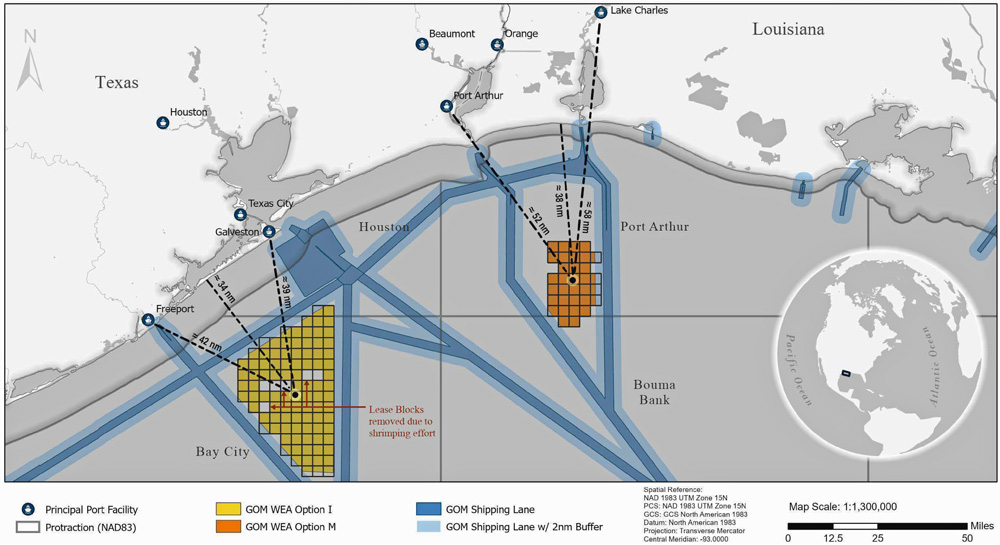The Tennessee Valley Authority does not appear ready to fast-track its decarbonization plans despite receiving a letter this month from 10 members of Congress urging it to chart a path to 100% clean energy by 2035.
The legislators asked TVA to decarbonize 15 years faster than it is currently planning, telling the utility it has a duty to “thoughtfully re-evaluate and further develop TVA’s long-term energy and decarbonization strategies” through its upcoming integrated resource plan and its ongoing Valley Pathways Decarbonization Study. It is disconcerting that TVA has the second-highest planned natural gas buildout of all major U.S. utilities, they said.
“As the country’s largest public power producer, the Tennessee Valley Authority should be leading the nation’s transition to a clean, renewable energy future, not dragging its feet,” the group of senators and representatives wrote. “Yet TVA continues to rely on fossil fuels that are not only supercharging the climate crisis but are subjecting TVA customers to electric grid blackouts and energy insecurity. It is long past time for TVA to begin the transition to a renewable and reliable electric grid.”
TVA plans to construct a natural gas plant and contract a new pipeline in Cumberland, Tenn., despite a lawsuit from environmental groups. (See TVA’s Cumberland Coal-to-gas Plans Press on over Resistance.)
The legislators said that according to its last IRP in 2019, TVA will generate 34 million tons of carbon emissions by 2038 and likely will not meet a net-zero emissions goal until sometime after midcentury. They said TVA is forcing its ratepayers, who already have some of the highest energy burdens in the U.S., to shoulder the “costs of its delayed transition to clean, renewable power.”
The congressional members also said TVA leaned on MISO’s wind output during December 2022’s wide-ranging winter storm. They said TVA’s aging grid assets are vulnerable to ever-increasing climate risks.
TVA, however, insists it is a “national leader in carbon reduction” and continues to work to decarbonize. In a statement to RTO Insider, TVA said that since 2005, it has reduced carbon emissions by 54%, “one of the largest increases in the industry.”
Spokesperson Elizabeth Gibson said TVA will adhere to its existing plans to reduce carbon emissions 80% by 2035 “without impacting reliability or affordability.”
“We are working towards being carbon neutral by 2050 through an accelerated plan of increasing our solar and energy storage capacity and exploring new technologies, such as small modular reactors [SMRs], that can provide carbon-free power to meet demand at all times,” Gibson said. “We will continue working with our federal, state and local partners as we move forward to the clean energy system of the future.”
Gibson pointed out that eight of the letter’s 10 signatories are from either the Northeast or California, with only Rep. Steve Cohen (D-Tenn.), of Memphis, hailing from TVA’s territory. The letter included signatures from Sens. Bernie Sanders (I-Vt.) and Elizabeth Warren (D-Mass.) and Rep. Alexandria Ocasio-Cortez (D-N.Y.). Sen. Jeff Merkley (D-Ore.) also signed.
This year, TVA signed a multinational agreement on SMR development with GE Hitachi Nuclear Energy, Ontario Power Generation and Synthos Green Energy, a Poland-based wind and nuclear generation developer. The quartet will develop and invest in a standard design for GE-Hitachi’s BWRX-300 that they hope will be licensed and deployed in the U.S., Canada and Poland, among other countries. (See TVA Signs Multinational Nuclear Investment Pact on SMR Technology.)
Gibson also said TVA last year issued one of the nation’s largest requests for proposals for clean energy, at 5 GW, and has pledged to bring 10 GW of nameplate solar capacity online by 2035. She also said that over the first nine months of the year, 60% of its generation was from carbon-free sources, including nuclear, hydroelectric and renewables.
But the Southern Alliance for Clean Energy (SACE) said that if TVA continues its current trajectory and includes new fossil fuel-sourced plants in its upcoming IRP, it will struggle to reach net zero by 2050, “let alone 2035.”
“As an extension of the federal administration and the nation’s largest public power provider, TVA should be leading the way toward our energy future and the Biden administration’s carbon-free goals. Instead, TVA is planning to expand fossil fuel infrastructure and make long-term commitments to fossil fuels, which is a direction that’s clearly out of alignment with reaching our nation’s carbon-free goals,” SACE Executive Director Stephen Smith said in a statement supporting the letter.
Smith said TVA’s determination to build new gas plants is an indication that the public utility “has run afoul of its mission and the administration’s goals and must have oversight from an independent body.”
SACE said much is riding on TVA’s upcoming IRP because the next plan isn’t due until the 2028/29 timeframe, too late for a decarbonization overhaul in the utility’s fleet by 2035.



